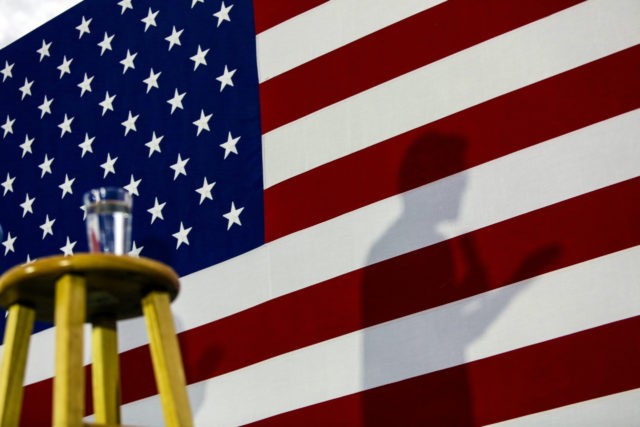The unexpected contraction of the manufacturing sector in September has raised fears that the U.S. economy could be approaching the so-called “stall speed.”
The concept of stall speed is easy enough. If an airplane’s speed dips below stall speed, it stops producing lift and begins to fall. Research from Federal Reserve economist Jeremy Nalewaik and others has suggested that a similar thing can occur if the pace of economic growth is too sluggish. Basically, a period of very slow growth can shortly afterward tip into a recession.
“U.S. Slowdown Spurs Concern Economy Is Near Stalling,” Bloomberg News declared in a headline Tuesday. Stocks sold off steeply on Tuesday and Wednesday with many analysts blaming fears of a recession.
No one really knows what the stall speed for the economy is. Economists used to estimate that the stall speed was somewhere around two percent. If the economy grew less than two percent for two consecutive quarters, the odds were a recession would follow within a year or so.
Most economists now think the stall speed must be somewhat lower. The Federal Reserve’s long-term forecast is for the economy to grow by about 1.8 percent. If that’s anywhere near to correct, the stall speed is likely to be somewhere nearer to 1.5 to one percent. Even the dire forecasts for third-quarter GDP have growth well-above one percent. The Atlanta Fed’s dour GDPNOW model, updated Tuesday to include the bad manufacturing data, has growth at 1.8 percent.
Of course, even hitting stall speed doesn’t guarantee a recession. Although most recessions were preceeded by periods of slow growth, there have been plenty of false positives. In fact, since the last recession ended, growth has fallen to near or below one percent in six quarters–yet the economy did not slip into a recession.
Nalewaik’s 2011 study showed that hitting a stall speed was more likely to foretell a recession if the yield curve inverted, housing starts declined, and the unemployment rate rose. The yield curve, of course, did invert earlier this year. But unemployment has held steady at a very low rate and housing starts are at a 12-year high. So the signals are mixed at worst and may even be indicating that recession fears are overwrought.
That could change on Friday, when the government releases its official jobs and unemployment numbers for September. The Moody’s/ADP private payrolls estimate suggests that job creation cooled in September–but not by as much as many economists had forecast. If unemployment jumps higher–it is expected to be unchanged–or job creation falls short of estimates, then talk of recession risks will become much more plausible.

COMMENTS
Please let us know if you're having issues with commenting.